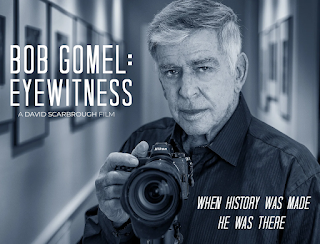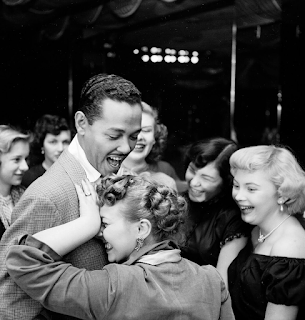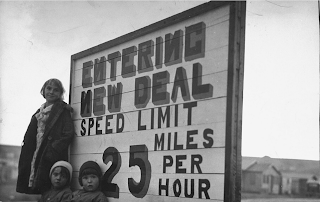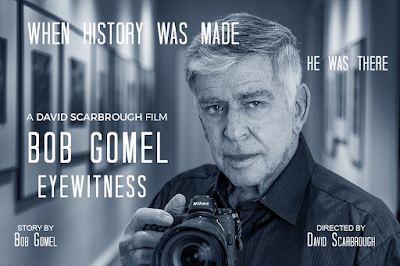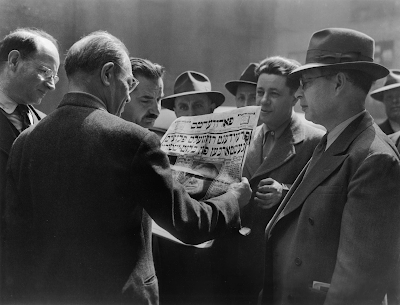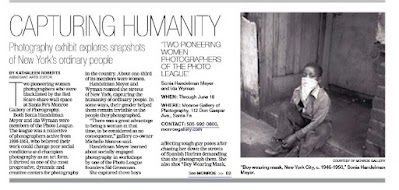Via Australian Photography
By Stephen Dando-Collins | 4 December 2024
George Silk’s The Blind Soldier. Later, Silk would say there was something distinctive about the two subjects. The Papuan carrier in particular grabbed his attention: “He was helping him so tenderly,” he said. Image: Australian War Memorial
Early on Christmas Day, 1942, 26-year-old George Silk rose from his cot at battalion HQ at Soputa in northeast Papua and began walking to the Buna battlefront 10km away.
Around his neck hung his two cameras – a Rolleiflex Standard for close-ups, and a 35mm Zeiss Ikon Contax fitted with a telephoto lens for distance shots.
Silk was a New Zealand camera shop assistant who’d turned up in the Canberra office of Australian Prime Minister Robert Menzies in January 1940.
He talked Menzies into hiring him as Australia’s second government combat photographer, and after working in North Africa, Silk was reassigned by the Australian Department of Information (DOI) to the New Guinea campaign.
For close to three years Silk had striven to take the ‘great’ war picture, something to emulate or surpass Robert Capa’s famous 1937 shot from the Spanish Civil War, The Falling Soldier.
Now, with the Australians and Americans starting to gain the upper hand in the fight against the Imperial Japanese Army in Papua, Silk was anxious to get his best shot before the Battle of Buna-Gona ended.
So, on December 24 he dragged himself from his hospital bed outside Port Moresby, where he’d been laid low by malaria, and hitched a ride back to the front.
On the track to Old Strip, Silk, rounding a bend in the tall kunai grass, saw two men approaching side-by-side. One was a wounded Australian soldier, Private George ‘Dick’ Whittington.
Barefoot, walking with the aid of a long stick, his eyes were covered by a rough bandage. Guiding Whittington was volunteer Papuan carrier Raphael Oimbari, a farmer in his twenties.
It almost seemed as if Silk would be intruding if he photographed the pair. “I wanted to take the picture, but I didn’t at first,” he later recalled.
But his documentarian’s instincts kicked in. Using his Rolleiflex from the waist with the pair less than two metres away, Silk snapped a single shot without even looking down into the viewfinder.
Seemingly unaware of him, the wounded soldier and carrier passed Silk by. Hurrying after them, he obtained the soldier’s details before the pair continued on.
Later that day, Silk joined Whittington’s 2/10th Battalion. Clicking away in the thick of the fighting that afternoon, he collapsed face-down on the battlefield. Malaria had caught up with him.
Towards sunset, an Aussie soldier found the photographer lying with the dead all around him. Evacuated to Moresby, Silk ended up in a malaria ward.
You can’t keep a good photographer down. Silk was soon back at the front. At Giropa Point on December 31 and January 1, he took what he considered his two best pictures of the war, close-ups beside Bren-gunners and Vickers-gunners with bullets whistling all around. Again, Silk collapsed with malaria, and again he ended up in hospital.
Meanwhile, another George, American Life photographer George Strock, snapped three dead American soldiers on Buna Beach.
In hospital, George Silk learned the DOI had banned his two Giropa Point photos – one showed a dead Digger, while one of the Bren-gunners had dropped down dead beside him seconds after he took his picture.
At the same time, Silk’s photo of Whittington and the ‘Fuzzy Wuzzy Angel’ was also banned for being ‘too graphic’.
Silk was incensed. So, he wined and dined a young female clerk working in the DOI’s Port Moresby office and brought her into a conspiracy.
She had prints of his three banned pictures made at the DOI’s Sydney photographic laboratory and sent to her.
She gave them to Silk, who passed them to a war correspondent friend, who had them approved by the American censor at GHQ in Brisbane. Silk then gave his prints to George Strock, who smuggled them to Life.
Strock knew the Pentagon banned publication of photos of American dead, but was appalled by apathy towards the war at home. He was determined to jolt his fellow Americans into getting behind their troops.
On March 8, 1943, Life published Silk’s The Blind Soldier, full page.
Readers hailed it the best picture of the war. A month later Silk was fired by the DOI. Parliamentary backbenchers called for him to be charged with treason. His friend Damien Parer resigned in protest at his treatment.
Meanwhile, Life management struggled for seven months to gain War Department approval to publish Strock’s Three Dead Americans.
Going all the way to the White House, they discovered that, like George Strock, President Roosevelt was determined to cement Americans behind the war effort by being honest with them. With his approval, Three Dead Americans appeared in Life on September 20, 1943, shocking America.
In 2014, Time magazine would describe it as ‘the photograph that won the war’. Two iconic images, and one amazing story. ❂
The Buna shots: The Amazing Story Behind Two Photographs that Changed the Course of World War Two, by Stephen Dando-Collins, is published by Australian Scholarly Publishing. It’s the never before told story of two arresting photographs, two courageous photographers, and the quest for truth in war. You can order a copy here: https://bit.ly/3ZQ5DpV




